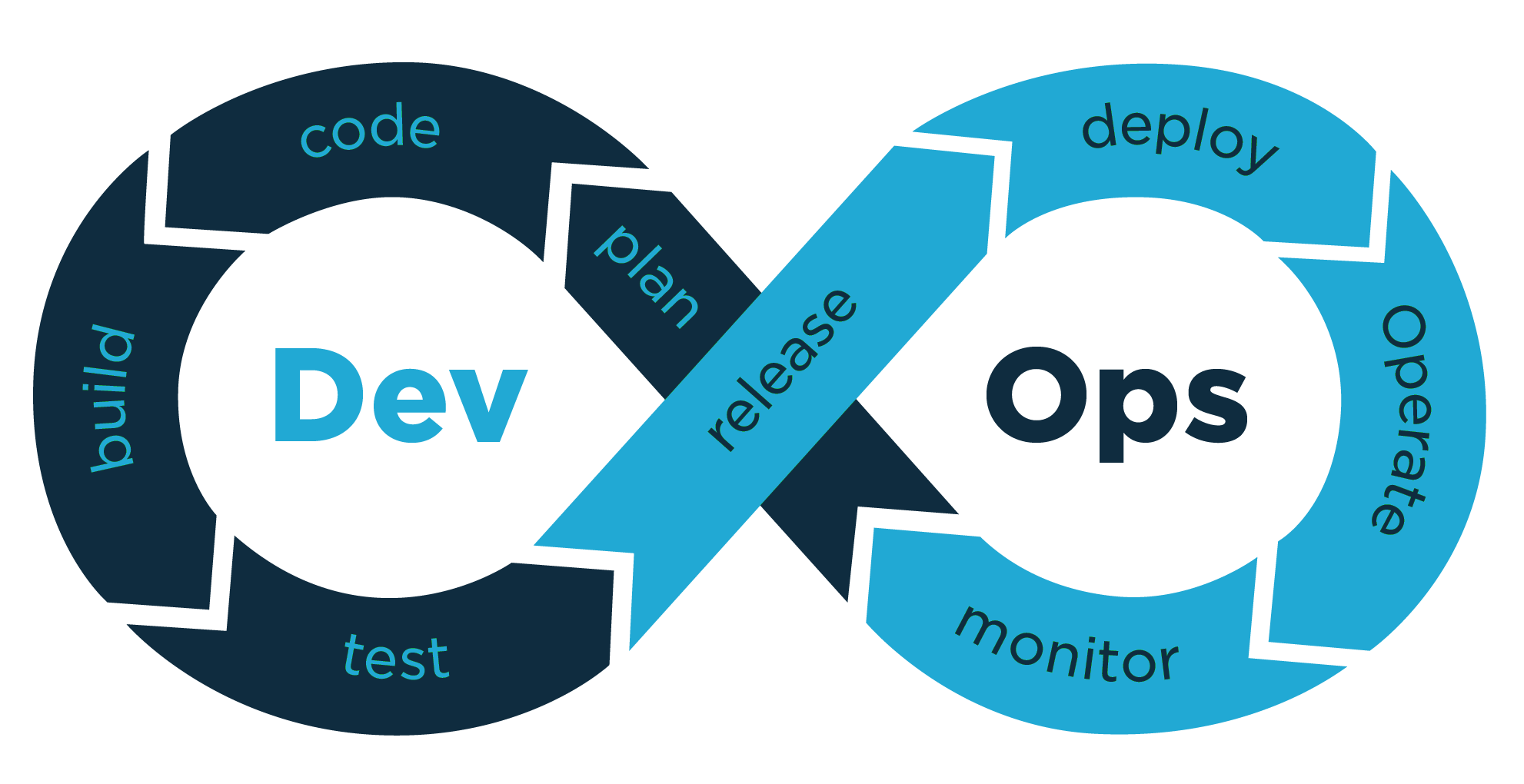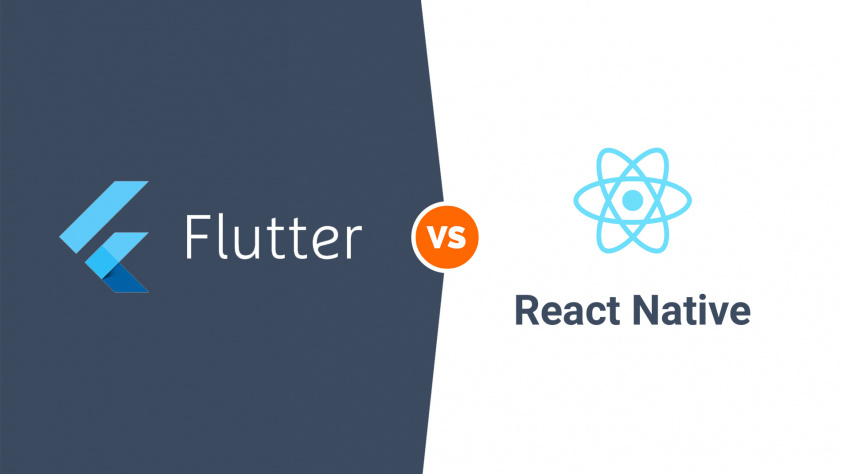In today’s fast-paced digital landscape, the terms DevOps and DevSecOps are often used interchangeably. However, they are distinct concepts that serve different purposes. In this post, we’ll delve into the world of DevOps and DevSecOps, exploring their definitions, differences, and the tools used in each approach.
DevOps vs DevSecOps
When it comes to software development and delivery, two methodologies have gained significant attention in recent years: DevOps and DevSecOps. While both share similarities, they have distinct differences in their focus and approach. In this post, we will delve into the differences and similarities between DevOps and DevSecOps, helping you understand which one is best suited for your organization.
What is DevOps?
DevOps is a set of practices that combines software development (Dev) and IT operations (Ops) to improve collaboration, communication, and the speed of delivery. It aims to bridge the gap between these two traditionally siloed teams, enabling them to work together more effectively. DevOps focuses on automating and streamlining processes, reducing manual errors, and increasing the overall efficiency of software development and deployment.
What is DevSecOps?
DevSecOps is a philosophical framework that integrates security practices throughout the software development life cycle (SDLC). It builds upon the DevOps framework, focusing on “shifting security left” into active development rather than addressing it after code completion. This approach ensures that security concerns are addressed early on, reducing the risk of vulnerabilities and improving overall security.
Difference Between DevOps and DevSecOps

DevOps is a collaborative organizational model that brings together software development and operations teams. Its primary goal is to improve efficiency and reduce bottlenecks in the software development life cycle. DevOps engineers typically have knowledge in both coding and system administration.DevSecOps, on the other hand, extends the DevOps framework by integrating security practices into every stage of the SDLC. This approach ensures that security is not treated as an afterthought but is an integral part of the development process.
DevSecOps Tools
DevSecOps relies on various tools to ensure the integration of security practices into the SDLC. Some popular tools include:
- CrowdStrike Falcon Platform: A cloud-native endpoint security platform that utilizes AI and machine learning to protect digital infrastructures from cyber threats.
- Jenkins: An open-source automation server that supports DevSecOps practices through integrations with security plugins and tools for code analysis and static code scanning.
- OWASP ZAP: An open-source web application security scanner that helps identify security issues early in the SDLC.
- SonarQube: An open-source platform for continuous inspection of code quality, providing static code analysis, code coverage, and code security analysis capabilities.
- Trivy: An open-source vulnerability scanner for containers and other artifacts, enabling DevSecOps teams to identify and remediate security risks in their containerized environments.
Implementing DevSecOps
To successfully implement DevSecOps, it is essential to:
- Implement a culture shift: DevSecOps requires a cultural shift toward security awareness and collaboration across development, operations, and security teams.
- Automate security processes: Automated security tools can detect and respond to threats more quickly, saving developers time and effort.
- Integrate proper tools: Ensure that teams have the right tools to implement DevSecOps processes, such as those mentioned above.
- Iterate and evaluate: Regularly assess the performance of processes and iterate on them to ensure constant adaptation to challenges.
Avoiding Common Pitfalls
When transitioning to DevSecOps, it is crucial to avoid common pitfalls such as:
- Choosing the wrong tools: Select tools that are relevant to your code and meet current and future use cases.
- Not involving the security team: Involve the security team from the start to ensure consistent security practices.
- Prioritizing speed over quality: Ensure that security practices are properly integrated into the pipeline, even if it means additional steps and time.
- Failing to monitor code: Continuously monitor code to identify new vulnerabilities introduced by changes.
Conclusion
In conclusion, DevOps and DevSecOps are two distinct approaches that serve different purposes. While DevOps focuses on improving collaboration and efficiency, DevSecOps prioritizes security and compliance. By understanding the key differences between these two approaches, you can better integrate security into your development process and reduce the risk of security breaches.
By understanding the differences between DevOps and DevSecOps and implementing the right tools and practices, you can create a more secure and efficient software development pipeline.



